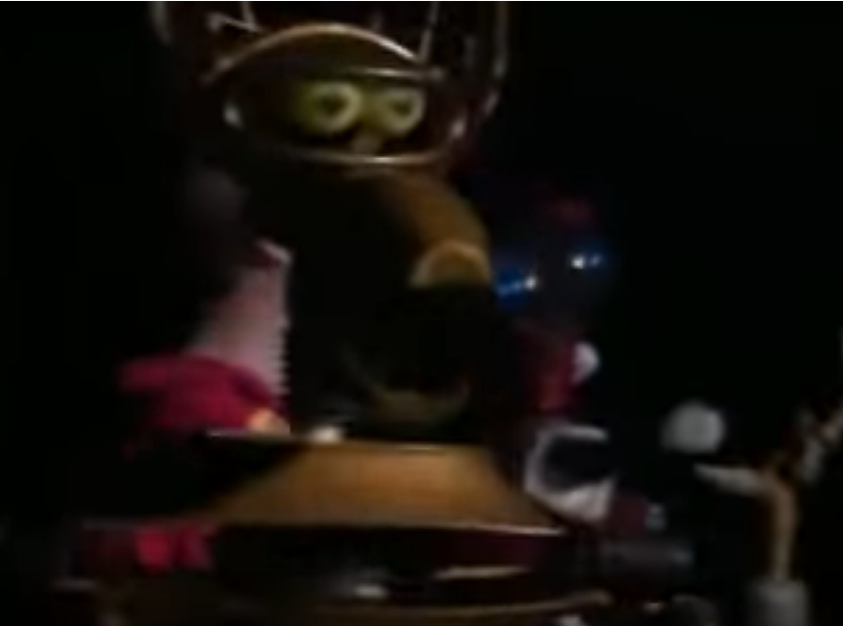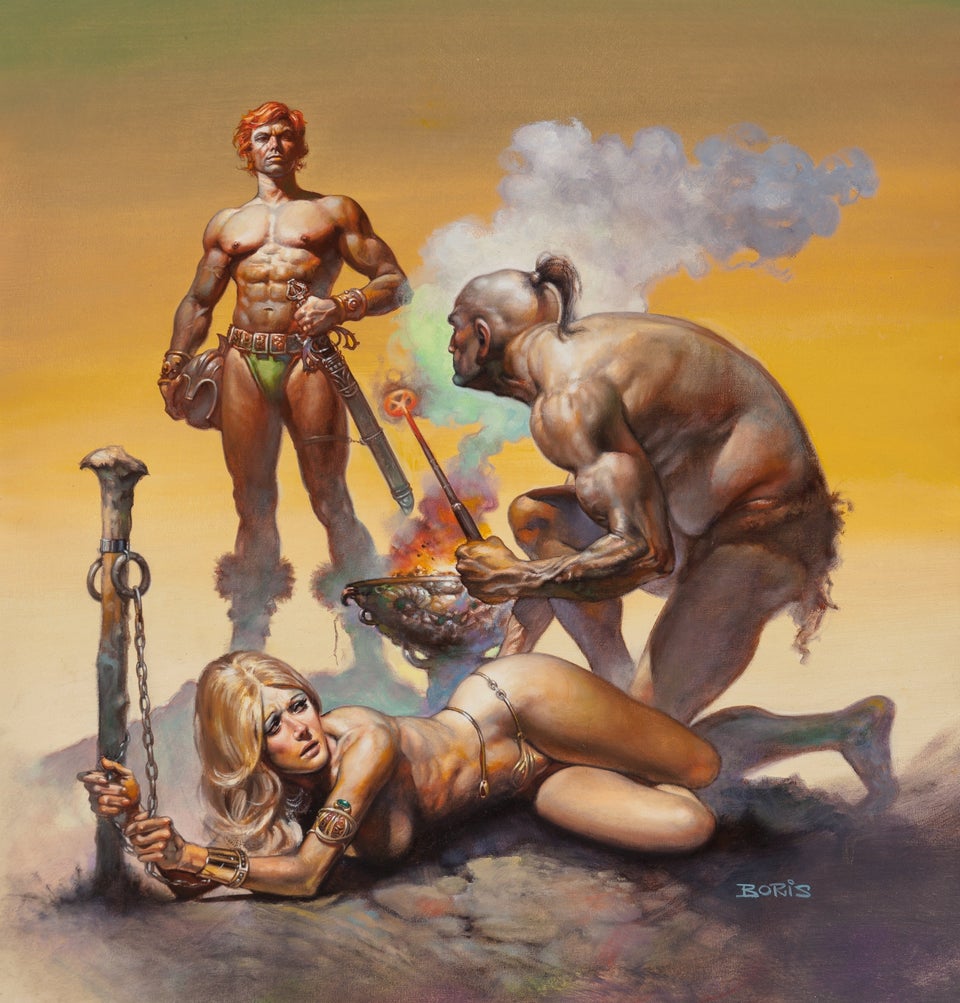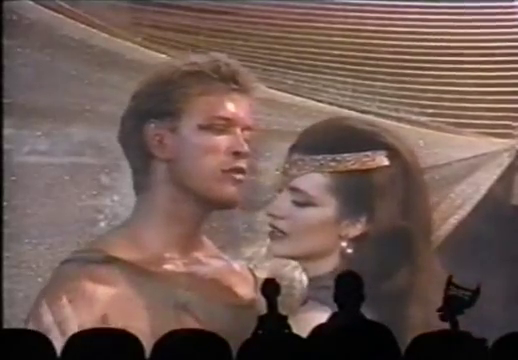- Orchestral Study #1 (flowing and hymn-like)
- Orchestral Study #2 (driving and chaotic)
- Orchestral Study #3 (adagio with melisma)
- Orchestral Study #4 (allegro)
- Orchestral Study #5 (variations)
- Orchestral Study #6 (space)
- Orchestral Study #7 (dialogue)
- Orchestral Study #8 (toccata)
- Orchestral Study #9 (seven interludes)
- Orchestral Study #10 (rupture, slowed down and from different angles)
- Orchestral Study #11 (a crowd, disassembled)
- Orchestral Study #12 (thesis)
End of the year and end of my project to write a new orchestral piece each month (comments on the germ of my idea in #1). I’ll be taking a break from music for a few weeks (months?) just to recharge. I’d mentioned before, and this is odd, but this whole process was creatively draining. There is stress of potential failure three weeks out of four, with only fleeting contentedness on the fourth as you prepare for the next.
There are two accomplishments that came out of this. First, I feel more competent working within a more tonally free harmonic language than I had when writing for piano. I was concerned from the start that I would write “pop” music for orchestra that was either bland or in the realm of movie music (no offense, just not for me). The results, I feel, are for the most part successfully 20th/21st century modernist in style.
Second, although I’m still greatly lacking in technical competence of the instruments’ mechanical limitations and tonal “best practices”, I feel I’m better equipped to work with the different tonal colors possible in an orchestra.
Moving forward:
- Continue with studying Piston’s Orchestration.
- Become more acquainted with each instrument’s technical nuances w/r/t not only range but also areas such as fingerings for strings, positions for brass, and difference in tone for the different registers of each instrument.
- Study and follow along with more scores. IMSLP and YouTube and IDAGIO are easily available, so there’re few limitations. YouTube even has some rare instances, though very limited, of modern scores that are still under copyright.
- Start working with DAW software and sample libraries to get better recordings. I’ve worked on the cheap (spelled f.r.e.e.) with MuseScore for notation and Audacity for simple audio editing. MuseScore is comparable to Finale for my purposes, however even though it can export MP3s for the full score or for custom instrument groups, the results are only good as a reference.
This final composition: I had plans for a larger work in three sections (standard orchestra, dissonant held tones in brass with softer string in the background, close with a harmonically limited string chorale referencing the previous section’s strings) but ended with only the first section. It was a month full of holiday distractions. Compared to previous studies, here I better explored motivic development using Brahms symphonies as a reference. Score is full throughout.
I intentionally limited these 12 studies to a month each in order to try different techniques and styles, and then quickly move on so as not to get bogged down in flawed, early attempts. Write, learn your lesson, move on more wise for the effort. This naturally forced me to not fully develop the ideas within each piece. When I return to writing, I plan on writing a symphony in order to let the work live in my head over a longer period.
Well… that’s the plan.
orchestral-study-12



